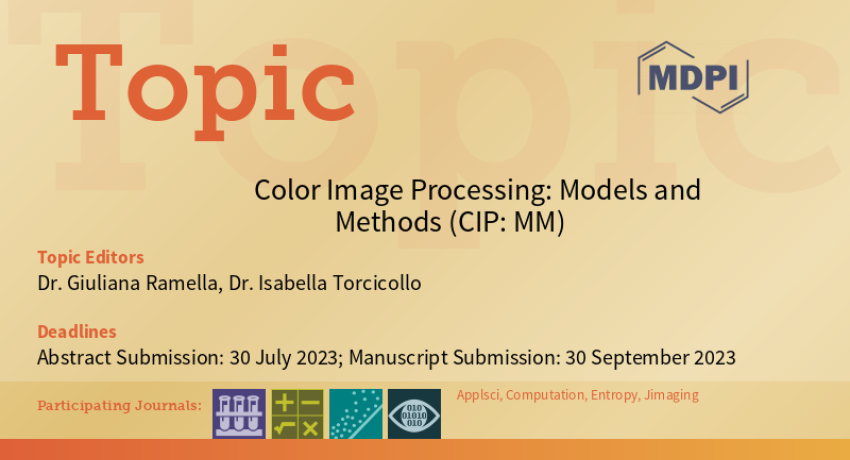Advantages and limits in the adoption of reproducible research and R-tools for the analysis of omic data
Reproducible (computational) Research is crucial to produce transparent and high quality scientific papers. First, we illustrate the benefits that scientific community can receive from the adoption of Reproducible Research standards in the analysis of high-throughput omic data. Then, we describe several tools useful to researchers to increase the reproducibility of their works. Moreover, we face the advantages and limits of reproducible research and how they could be addressed and solved.








